India’s fashion rental and resale market is booming. Startups like Flyrobe, Stage3, Rent It Bae (now merged into Flyrobe) and many others have created an accessory- and attire-on-demand culture for weddings, parties and everyday wear. Young consumers in particular crave newness and flexibility: they want Instagram-ready outfits without the commitment (or clutter) of ownership. This shift is extending garment lifecycles dramatically. In fact, industry experts note that each rented item is usually of higher quality than typical fast fashion, meaning it “lasts longer than fast fashion stock”. In short, rental/resale business models hinge on multiple wears of every garment, so durability and maintenance became top priorities.
Growth of Rental/Resale Platforms in India
Fashion rentals have evolved from niche wedding-wear to a mainstream option. Platforms now cover entire wardrobes: rent-anything models and C2C marketplaces let customers rent out their own designer pieces. For example, Flyrobe’s founders highlight a “customer-to-customer” channel that recirculates luxury wear (Sabyasachi, etc.) through many users.comtex. The result: a single outfit can prevent as many as nine new purchases. This circular model is being fueled by both tech and social trends – a recent survey reports India’s online rental fashion market is expanding at roughly 11% CAGR globally. Notable players (besides Flyrobe/Stage3/RentItBae) include Lionise, Date The Ramp, Rent An Attire and others.
Platforms are also encouraging pre-owned resale (thrift) alongside rentals. Consumers are now more willing to supply even brand-new outfits for rent: Flyrobe’s CEO notes that pre-pandemic, rented items were often a year old when listed, but today many pieces are rented out within days of purchase. This change reflects confidence in garment longevity and a cultural shift toward monetizing idle wardrobe assets.
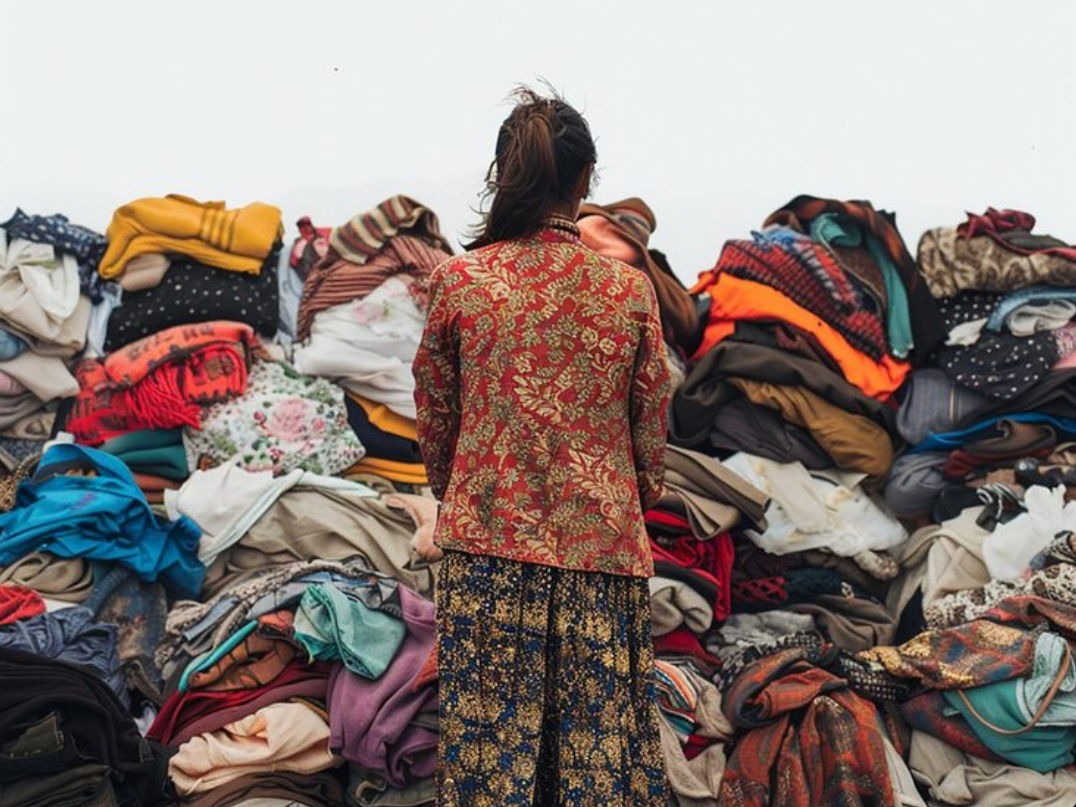
Durability, Wrinkle Resistance and Easy-Care as Must-Haves
Because rental/resale clothes circulate through dozens of hands, designers and suppliers are selecting tougher, low-maintenance textiles. Laundry and upkeep costs have become a major pain-point: as one rental founder puts it, “Maintaining and dry-cleaning those delicate fabrics is cumbersome and expensive. So renting is the best option compared to purchasing. In response, brands are favoring fabrics that survive repeated cleaning and wear. A PwC industry survey of apparel rental clearly shows companies are investing in “high-quality, durable fabrics designed for multiple uses”. On the factory side, this means testing how garments hold up over dozens of rentals. On the creative side, it means choosing fibers and finishes that stay crisp and intact.
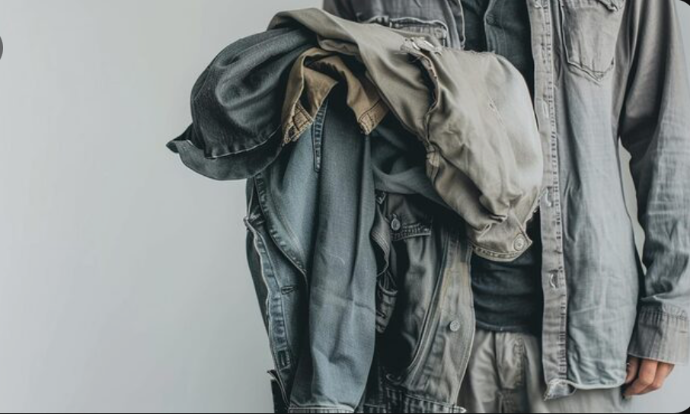
Longevity
Rental garments must tolerate many wears and washes, so strong fibers (polyester, nylon, spandex blends) and tightly woven structures are preferred. In practice, rental platforms report that their items need to “last longer than fast fashion stock,” so quality and durability are essential
Wrinkle Resistance and Easy Care
Frequent laundering and logistics demand fabrics that look good straight off the rack. Crepe-like weaves and stretch knits are popular because they resist creasing. As textile guides note, polyester crepein particular is “durable and wrinkle-resistant” with “ease of maintenance and longevity. Likewise, four-way stretch Lycra blends (poly/spandex knits) are prized – they retain shape, resist wrinkles and “don’t require special washing or ironing”. Easy-care jerseys and microfibers dominate many rental inventories today.
Multi-Wear Versatility
Fabrics that adapt to multiple silhouettes or sizes further extend garment life. Stretchy Lycra and knits allow minor sizing adjustments and quick packaging (e.g. zip-on overlays or adjustable sashes). This means a single item can suit different bodies and occasions, fitting the rental model.
In sum, Indian rental fashion startups are effectively re-learning fabric choices: durability, comfort and ease of care now outrank ultra-fine or super-delicate textures. As Flyrobe’s CEO notes, by tracking how returned garments wear out, they “improve product designs and choose certain durable fabrics” for future collections
Trending Fabrics & Examples
Wrinkle-Free Crepes (Polyester Crepe)
Crepe weaves made from polyester blends are hugely popular. They offer a silk-like drape but hold up to many wears. Industry sources emphasize that polyester crepe is durable and wrinkle-resistant, with easy maintenance and longevity. These fabrics are being used in everyday skirts, dresses and tunics on rental platforms, since they stay crisp after multiple rentals.
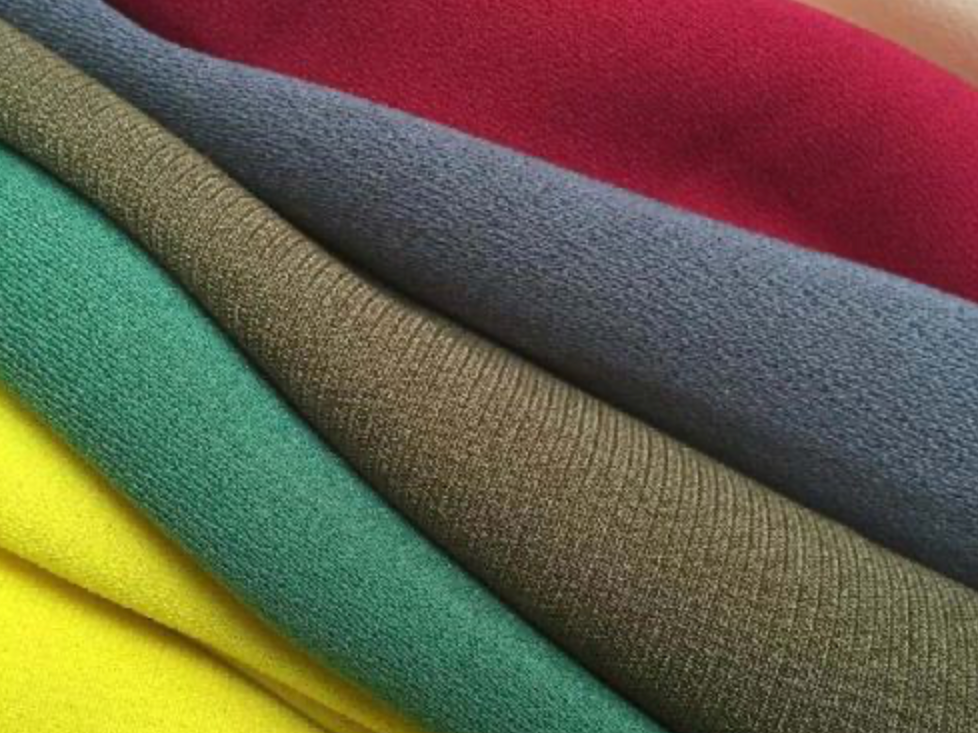
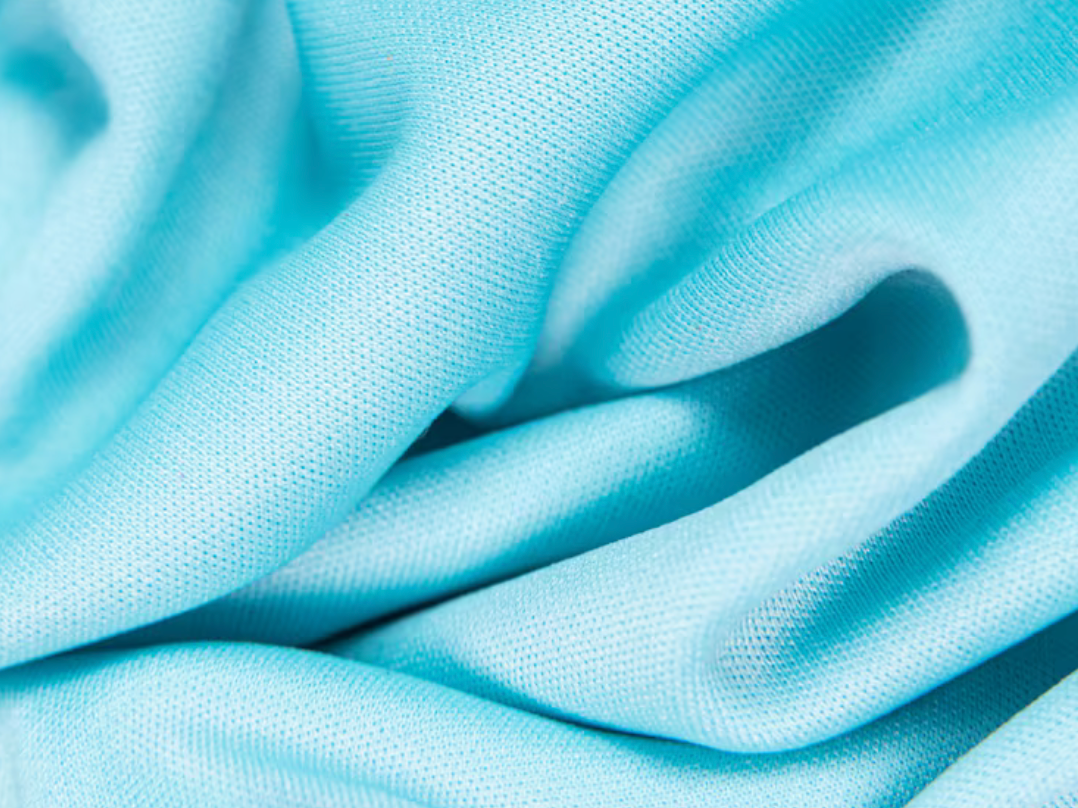
Four-Way Lycra (Poly-Spandex Stretch)
Four-way stretch knits allow garments to flex in any direction. This fabric “provides unparalleled comfort and freedom of movement,” and—as fabric suppliers note—is naturally wrinkle-resistant and long-lasting. Rental pant and gown collections often include Lycra blends because the items can endure dozens of cycles and still spring back smooth.
Tencel/Lyocell Blends
Cellulosic fibers like Tencel (a branded lyocell) are prized for softness, breathability and biodegradability. Blending Tencel with cotton or polyester yields fabrics that feel premium yet handle repeated use. Many Indian designers now stockwrap and summer wear in Tencel-cotton or Tencel-silk blends: the result is a garment that wicks moisture, drapes well and survives washes. (While not a silver bullet against wrinkles, Tencel’s strength and low static improve longevity.)
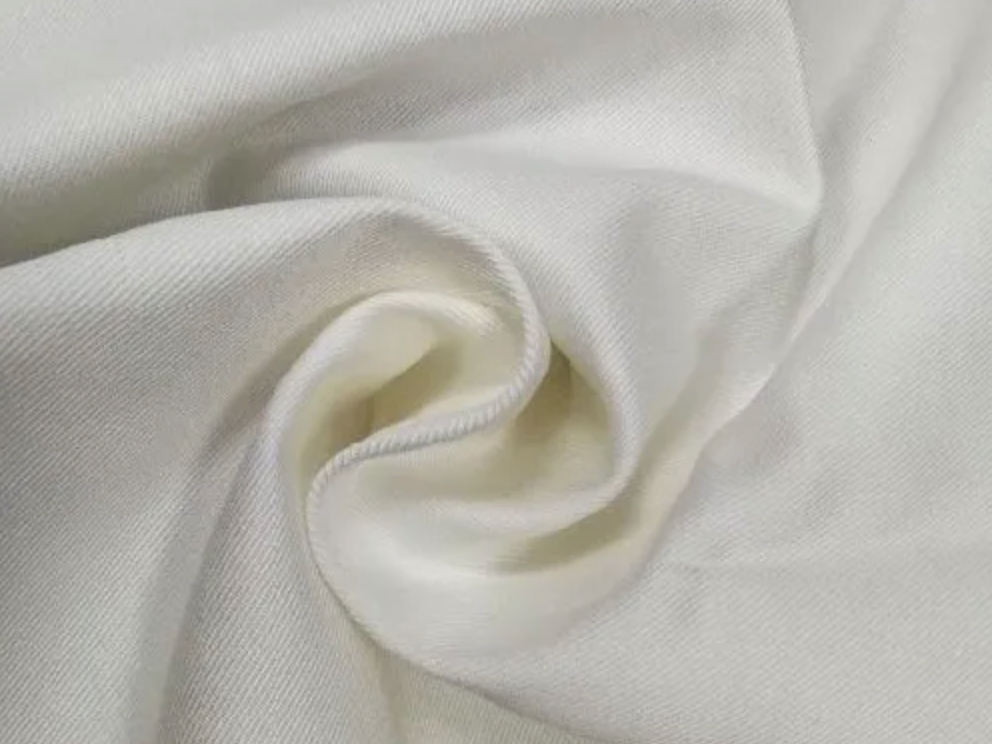
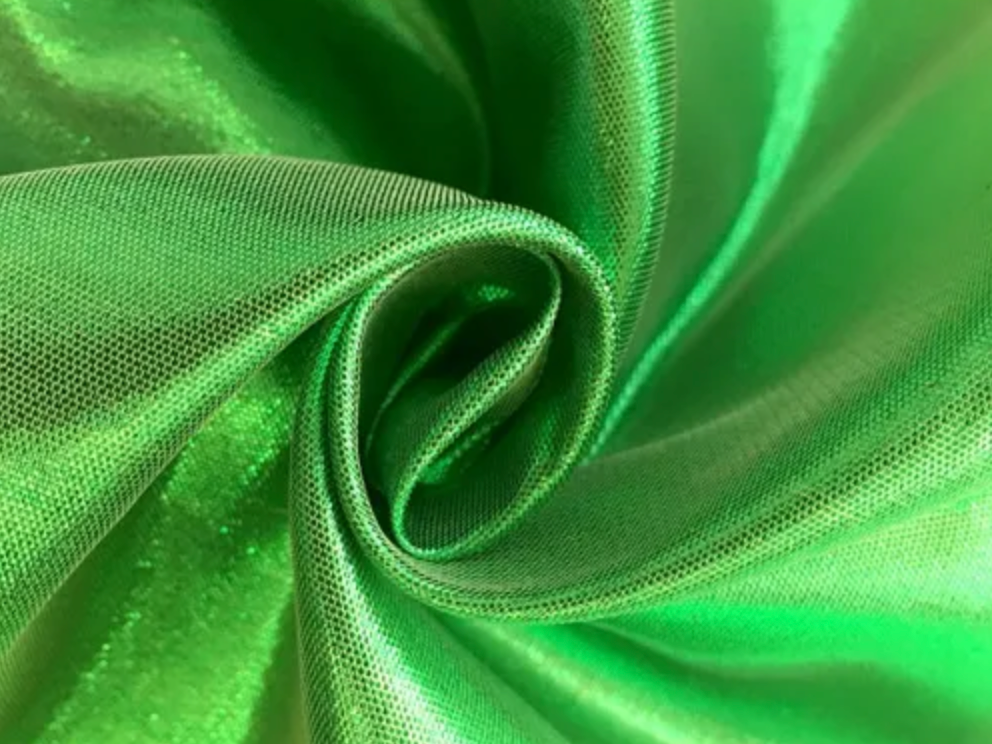
Polyester-Silk Blends
To combine sheen with strength, several manufacturers are blending silk or viscose with polyester. These blends mimic luxury fabrics (like chiffon or charmeuse) but are much more durable and washable than pure silk. Renters love the upscale look of “silk” at reduced maintenance – and designers can charge a rental premium for the elegant finish without worrying about easily tearing the garment.
Popular Examples: For instance, a wedding lehenga might use a polyester-georgette blend that stays fresh through many dances, while an office pant is cut from a Lycra-rich suiting knit. Even casual kurtis now turn to rayon or bamboo knits (both similar to Tencel) that can be machine-washed and will still look new next week. Overall, the industry is effectively crowdsourcing its fabric R&D: renters vote with their wallets for garments that fly off the rack wrinkle-free, season after season

